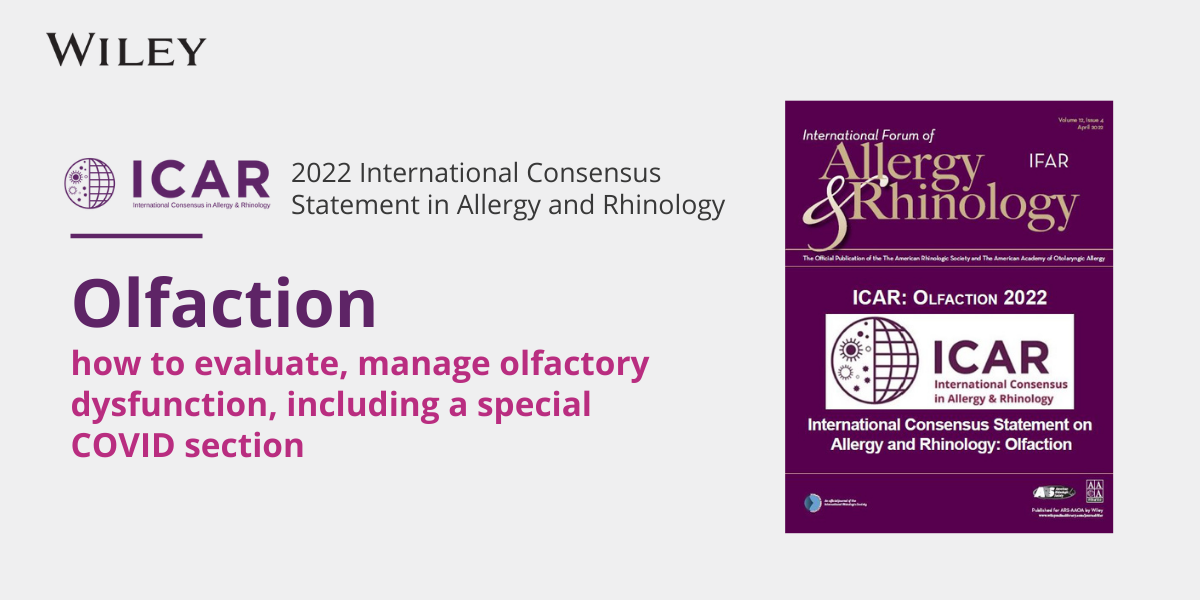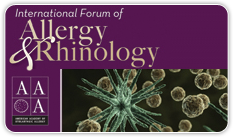By William Reisacher, MD, FAAOA Most people have heard about food allergies, or even know someone who had to run to the ER after eating a peanut or a shrimp. We have seen that food allergies on the rise, cost…
A Brief History of Allergy Treatment
The history of modern allergy treatment dates back to the early decades of the twentieth century with the demonstration of decreased response to grass pollens following conjunctival challenge done by Noon and Freeman. These techniques were subsequently modified that led to the development of subcutaneous introduction of allergens or subcutaneous immunothearpy (SCIT). Sublingual immunotherapy was first pioneered in the 1940s. In 2014, the FDA approved commercially prepared sublingual therapies for grass and ragweed.
Antihistamines were developed in the 1930s and became clinically available in the 1940s. Second generations antihistamines were approved in mid-1980s providing relief of symptoms with decreased central nervous system side effects.
Corticosteroid nasal sprays were reportedly used as early as 1950s but did not gain prominent use until the 1970s with later generations improving patient tolerance and reducing impact on hypothalamic-pituitary axis. In 2012 the release of a coformulated nasal spray with antihistamine and corticosteroid offered even greater efficacy.
Leukotrienes were discovered in the 1970s. The discovery and introduction of Montelukast (Singulair) a decade later providing additional pharmacological management of inflammatory mediators.
The most recent therapeutic introductions for allergy include monoclonal antibodies that are produced using recombinant DNA techniques. These medications block IgE and various leukotrienes to eliminate or significantly ameliorate the inflammatory reaction.
__________________________________________________
References
Allergies for the Otolaryngologist; Ferguson,B.J. and Golla,S;l Otolaryngologic Clinics of North America; June 2011; Volume 44; Number 3




